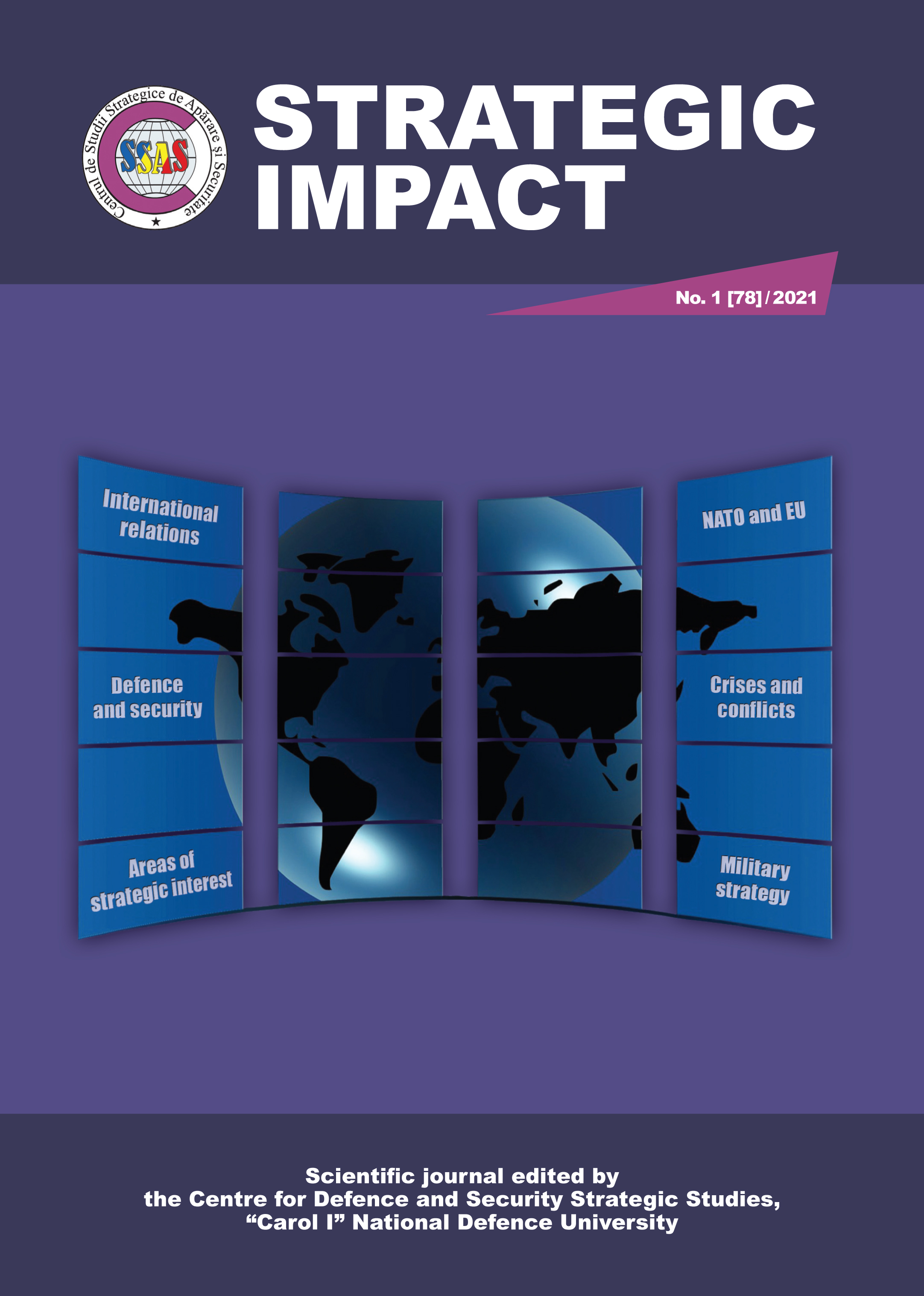MEASURING MILITARY POWER – APPROACHES AND CHALLENGES
MEASURING MILITARY POWER – APPROACHES AND CHALLENGES
Author(s): Maria ConstantinescuSubject(s): Politics / Political Sciences, Military policy
Published by: Carol I National Defence University Publishing House
Keywords: military power; input indicators; outcome indicators; limitations; strategic approach;
Summary/Abstract: Measuring a country’s military strength cannot be done in an absolute and abstract manner, as it will always be influenced by the external environment (the threats, risks, operational environment) and also by internal vulnerabilities. Consequently, an accurate estimation of a country’s military strength has to be achieved by comparison with other countries. Military power can be assessed by using outcome (effects) indicators, such as the operational effects of using a specific military capability, or by using input (resource) based quantitative indicators. Quantitative indicators are easier to calculate and use in support of defence related decisions, but they have specific limitations that need to be understood, in order to avoid significant fallouts. Outcome based indicators are more difficult to calculate and estimate, as they include non-material factors such as morale, leadership or doctrine. The best approach to estimate a country’s military strength is a mix of input based indicators with outcome based indicators, in combination with a detailed analysis of other factors that contribute to military power, such as strategic approach, the geography, the political systems of each country, their alliance system.
Journal: Strategic Impact
- Issue Year: 2021
- Issue No: 78
- Page Range: 74-89
- Page Count: 16
- Language: English

